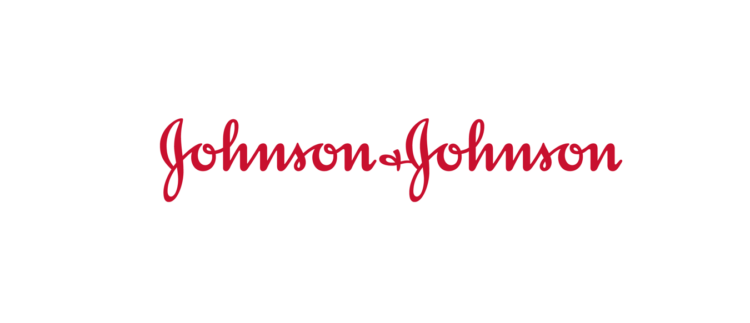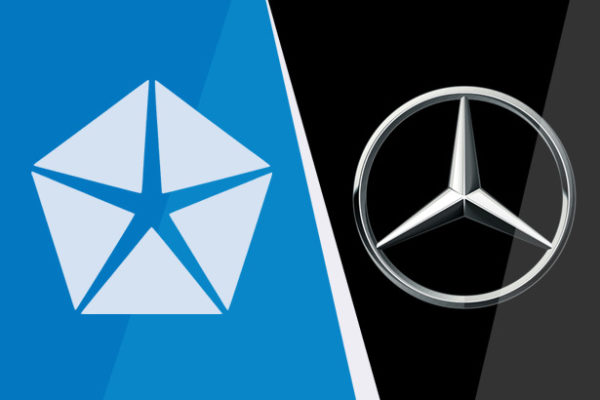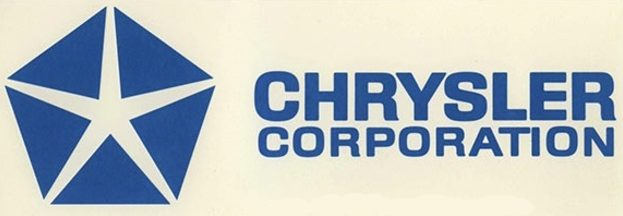The revenue management refers to the application of business analytics methods to the consumer behavior at the micro-level and optimizes the product type, price and availability so that the revenue of the organization is maximized. The primary aim of revenue management is to assure that the right product is sold at the right moment to the right customer. The analytical methods are applied to understand the perception of the customers regarding the product value and using it to align with the price, availability and the placement of the product service. The business organization often faces questions regarding different consumer product such as how to sell them and when to sell them. The revenue management uses the data driven and analytical Continue reading
Business Analysis
In today’s complex business environment, an organization’s adaptability, agility, and ability to manage constant change through innovation can be keys to success. Traditional methods may no longer lead to reaching objectives when economic conditions are unfavorable. That’s where business analysis comes in. The basic idea of business analysis is quite simple. It is the practice of identifying and clarifying a problem or issue within a company, then working with the various stakeholders to define and implement an acceptable solution.
Case Study: Johnson & Johnson Company Analysis
Founded in 1866 as a family business, Johnson & Johnson now has over 130,000 employees in 60 countries worldwide. What started off as a small, three-person business, the company has now expanded across the globe and was named a “2017 Fortune’s Most Admired Company”. One may wonder, how did brothers Robert, James, and Edward Johnson set the foundation for the next 130 years to come? This success can be attributed to Johnson & Johnson’s Strategic Framework, which is at the root of all decision-making. The company’s Strategic Framework is comprised of three main components: The Foundation, Strategic Principles, and Growth Drivers. All three sections of the Strategic Framework include insight into Johnson & Johnson’s Management Approach, which guides the company’s Continue reading
Case Study: The Merger between Daimler and Chrysler
DaimlerBenz AG of Stuttgart, Germany, and the Chrysler Corporation of Auburn Hills, Michigan, surprised the business world at a press conference in London on May 7, 1998, when they announced their “merger of equals made in heaven.” This major cross-border transaction, with an equity value of $36 billion, was the largest merger of its kind to date. Robert Eaton and Jürgen E. Schrempp, co-chairmen of DCX, announced their expectation that this deal would be “not only the best strategic merger or the best prepared merger, but also the best executed merger.” Daimler-Benz Chief Executive Jürgen Schrempp had concluded as early as 1996 that his company’s automotive operations needed a partner to compete in the increasingly globalized marketplace. Chrysler’s Eaton was Continue reading
Case Study: Turbulent History of Chrysler Corporation
In 1920, the president of Buick and Vice President of General Motors (GM) resigned his positions in the GM Corporation following political differences with founder and then-president of General Motors William Durant. This former automotive Vice President was promptly approached by a group of investors to focus his business acumen in the fledgling automotive industry on a small, financially troubled New York company called Maxwell Motor Corporation. The one-time automotive vice president was installed as president of Maxwell Motor Company. The man’s name was Walter Percy Chrysler. In short order, Walter Chrysler brought the Maxwell Motor Corporation out of bankruptcy. The financial improvement was due in large part to Mr. Chrysler introducing a new Maxwell model- the Chrysler Six. This Continue reading
SWOT Analysis of Tesla Motors
Tesla, Inc. is an American company that specializes in electric automobiles, energy storage, and solar panel manufacturing. Founded in 2003, Tesla has recently disrupted many industries, most notably the auto industry. Tesla’s focus on electric power vehicles, lithium-ion battery, and energy storage set itself apart from their competitors. Tesla has expanded its focus from simply building the best electric car to paving the way for autonomous vehicles, solar power, and so much more. The main message of Tesla, Inc.’s mission is “to accelerate the advent of sustainable transport by bringing compelling mass market electric cars to market as soon as possible”. This demonstration of leadership and shared knowledge expresses their overall effort to accelerate the advent of sustainable transport. While Continue reading
Case Study of Zara: A Better Fashion Business Model
Zara is one of the most well known brands in the world and is also one of the largest international fashion companies. They are the third largest brand in the garment industry and are a unit of Inditex. It their flagship range of chain stores and are headquartered in Spain. Zara opened its first outlet in Spain in 1975. The headquarters of the company is based in Galicia. There are more than 2600 stores across 73 countries in the world. The Zara clothing line accounts for a huge bulk of its parent group’s revenues. There are other clothing brands owned by Inditex such as Kiddy ´s Class (children’s fashion), Pull and Bear (youth casual clothes), Massimo Dutti (quality and conventional Continue reading





